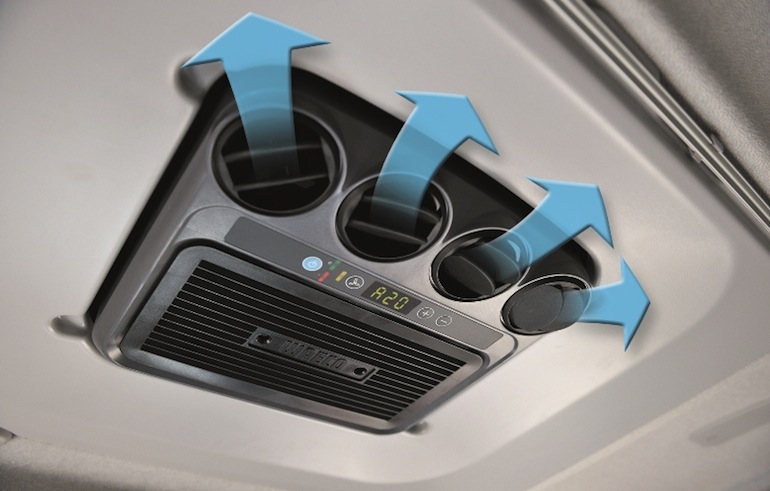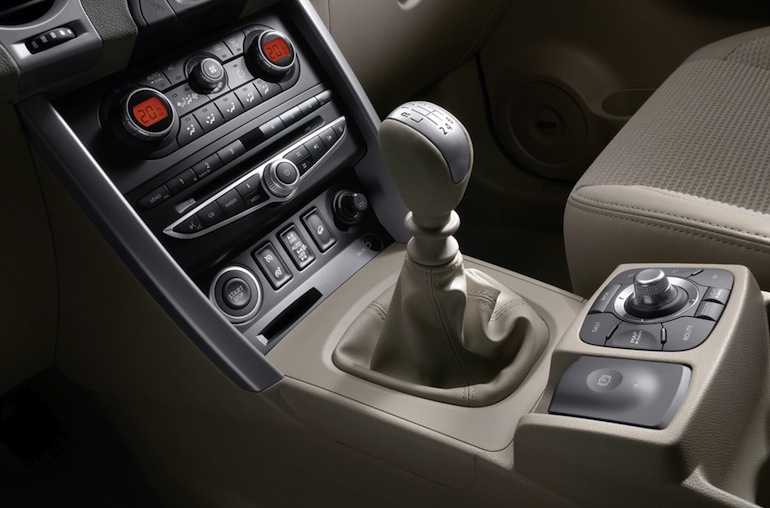
What is the difference between climate control and air conditioning in a car? what's better?
When buying a car in the showroom, we want it to have as many options as possible that are responsible for driving comfort. Doing without air conditioning is quite difficult, both in summer and winter.
There is also such a system as climate control. The difference between climate control and air conditioning is obvious:
- the air conditioner is constantly working to cool the air;
- climate control ensures the optimum temperature in the cabin.
Consider this issue in more detail to understand how climate control is better than air conditioning.

How does a car air conditioner work?
To supply and cool air in the machine, an air conditioner is used, which, as a rule, consists of the following main parts:
- radiator evaporator;
- compressor;
- receiver dehumidifier;
- condenser radiator.
The cabin filter is responsible for removing dust and other particulate matter from the outside air. A fan is also used to pump air.
The main task of the air conditioner is to cool the air in the car and remove moisture from the air.
The air conditioner works only when the engine is running, the compressor pumps refrigerant into the main pipeline system, which passes from a gaseous state to a liquid state and vice versa. When the refrigerant changes its state of aggregation, heat is released in stages, and then it is absorbed. At the same time, the air entering through the cabin filter from the street is cooled and enters the cabin.

The driver cannot regulate the air temperature, he can only turn the air conditioner on or off. Although more modern models have temperature sensors that transmit information about the air temperature in the cabin and the air conditioner can turn on independently.
The driver can use both manual control mode and autonomous. But the main task of the air conditioner is to cool the air in the cabin.
Climate control
The presence of a climate control system in a car significantly increases its starting cost, and this is not surprising, because climate control has a much broader functionality than air conditioning and a car stove combined.
As you know, the human body feels comfortable when changes in temperature do not exceed a range of 5 degrees.
We all know that when the temperature drops from thirty degrees to 20 in summer, it seems to us that frosts have come. And when the temperature rises from minus five to plus five in winter, we already strive to take off our hats as soon as possible in anticipation of spring.
Sudden temperature changes in the car interior are negatively reflected in the condition of the driver and passengers.
The climate control system allows you to maintain the temperature within the required limits, that is, using this system, you can both cool the air and heat it.
Climate control combines air conditioning and a car stove, as well as a host of sensors to measure various parameters. Management occurs with the help of a computer and complex programs. The driver can set any modes, as well as turn the system on and off.
Climate control can be multi-zone - two-, three-, four-zone. Each passenger can control the air temperature using the remote control or buttons on the doors near his seat.
That is, we see that the difference between climate control and air conditioning is the presence of more functions and capabilities to maintain optimal comfortable conditions in the cabin.

The electronic "brains" of climate control can also control actuators that open or close the air dampers. For example, in winter, the system will first of all direct warm air streams onto the glass in order to defrost and dry it faster. The more expensive the car, the more advanced system it uses.
It must also be remembered that any system needs constant maintenance. Most of the problems for motorists are delivered by the cabin filter, which needs to be changed periodically, otherwise all the dust and dirt from the street will end up in the cabin and in your lungs.
It is recommended to replace the cabin filter once a year.
If you do not use the air conditioner, then you still need to turn it on for at least ten minutes to fill the cabin with fresh air, and also so that the oil passes through the system. If it is hot outside, then the air conditioner does not need to be turned on immediately - drive for 5-10 minutes with the window open so that the interior is filled with fresh air and cools naturally.
It is also not advisable to direct the flow of cold air on the windows on a hot day, as this can lead to the formation of microcracks on the glass.
Over time, colonies of microorganisms may appear on the evaporator radiator, which cause allergic reactions in humans. Do not forget to monitor the level of refrigerant, usually refilling with freon is carried out once every two years.
Both air conditioning and climate control require careful treatment. As a result, you will always feel comfortable driving a car, you will not be worried about condensation on the windows, excess moisture, dust in the air.
Loading…
